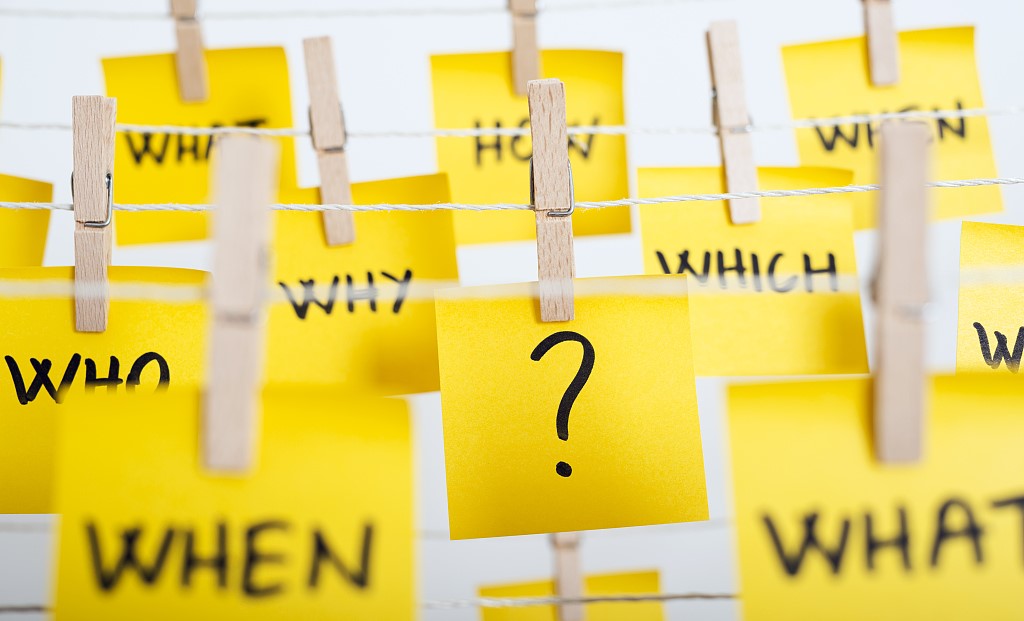扫一扫 添加小助手
服务热线
13818320332
扫一扫 关注我们
 8. Question: For themanufacturing of solid oral forms: Our local authorities still insist that weneed to re-introduce the 10ppm criteria even though PDE-values are availablefor all products produced in our facility. What could be the intention of thisrequirement?
8. Question: For themanufacturing of solid oral forms: Our local authorities still insist that weneed to re-introduce the 10ppm criteria even though PDE-values are availablefor all products produced in our facility. What could be the intention of thisrequirement?
问:对于口服固体制剂的生产:我们的当地药监局仍然坚持,我们需要重新引入 10ppm 标准,即使我们工厂所生产的所有产品都有PDE 值。这项要求的意图是什么?
Answer: Based on the information the only rational behind thisrequest would be that the authority usually complains in this case, and whichwas also addressed in question 6 on Q&A on the "shared"facilities guideline, is the replacement of existing limits (e.g. 10ppm) byPDE-based limits, especially if these are higher:.
答:根据该信息,此要求的唯一合理依据是,当局通常在此情况下提出质疑,在问题 6 中也提到了"共线"设施指南的问答,即,使用基于 PDE 的限度取代现有的限度(例如 10ppm),特别是如果这些限度更高:
"For existing products, manufacturers historically usedcleaning limits that should be retained and can be considered as alert limits,provided that when taking cleaning process capability into account, theyprovide sufficient assurance that excursions above the HBEL will be prevented.A similar process should be adopted when establishing cleaning alert levels forproducts introduced into a facility for the first-time."
对于已有产品,制造商应保留长期使用的清洁限度,并可作为警戒限,在考虑清洁工艺能力时,它们可以提供足够的保证以防止超出HBEL。首次引入的产品在建立清洁警戒限度时,应采用类似的流程。
9. Question:If e.g. one out of several swabs is OOS, is it possible to calculate the realcarry-over from the achieved swab values and compare it to the MACO? So thatnot all relative (to surface) values need to be in spec but the final absolutecarry-over value
问:如果几个棉签中有一个是 OOS,那么是否可以从已取样的擦拭样品计算实际总残留并将其与 MACO 进行比较?因此,并不是所有相对(表面残留)值都需要符合标准,只要最终的总残留符合就可以?
Answer: No, on of the fundamental assumption that swab samplingcould be performed is that the residues are evenly distributed on the surface.Additionally regulators generally see it critical if some sort of mean valuecalculation is performed (compare microbiological environmental monitoringaccording Annex 1).
答:不,进行擦拭采样计算的基本假设是残留物均匀地分布在表面。此外,如果进行某种平均值计算,监管者通常视为严重缺陷(与附录1微生物环境监测要求同理)。
10. Question:What to do first, swab or rinse, if you are doing both?
问:如果擦拭取样和淋洗水取样都采用,先取哪个?
Answer: I would recommend to perform final rinse before swabsampling so no interference from swab sampling could affect the rinse sample.
答:我建议在擦拭取样前进行最终淋洗取样,这样擦拭取样的干扰不会影响淋洗取样。
11. Question:Which microbiologic method do you consider more representative/complete:rinsing, plates or swabbing?
问:哪种微生物方法更具代表性/完整性:淋洗取样、接触皿取样或擦拭取样?
Answer: Based on my experience recovery rates of rinse and contactplate sampling are often higher than those for swabbing. Some colleagues evencall microbiological swabs a "qualitative" sampling. For samplingcurved surface areas I even would recommend flexible contact plates overswabbing.
答:根据我的经验,淋洗取样和接触皿取样的回收率往往高于擦拭取样。一些同行甚至称微生物擦拭为"定性"取样。对于对弯曲表面区域的采样,我甚至会建议在使用柔性的接触皿。
12. Question:For determination of cleaning agent residue: would a conductivity measurementin the final rinse be totally enough for a cleaning validation or should adirect sampling via Swab and TOC analytics be added at least to verify theresults from conductivity?
问:为了确定清洁剂残留:在清洁验证中使用最终淋洗水的电导率测试是否完全足够,还是至少应该增加擦拭和TOC检验的直接取样方法来确认电导率的结果?
Answer: If the composition of the cleaning media is a simpleanorganic acid or base the concentration of it in the media and also finalrinse sample has a high correlation factor to conductivity measurement. This isalso one reason why especially for Biologics and Biotech products NaOH isfrequently used.
答:如果清洗介质的成分是简单的无机酸或碱,其在清洗介质中的浓度,以及在最终淋洗样品中的浓度,在电导率测试方面具有高度相关性。这也是为什么特别是生物制品和生物技术产品经常使用NaOH的一个原因。
13. Question:What are the regulatory requirements for recovery for swab tests during methodvalidation, is there a percental limit?
问:在方法验证期间,棉签擦拭取样回收率的法规要求是什么?是否有百分比要求?
Answer: There are no explicit regulatory requirements regardingchemical swab recovery rate. Common practice is e.g. reflected in PDAs TR No.29; Section 6.5.2 "Swab/Wipe recovery":
答:对于化学棉签擦拭回收率没有明确的法规要求。常见的做法参考,如PDATR 29 第 6.5.2 节"棉签/擦拭回收率":
"An acceptable swab recovery depends on how that swabrecovery is being used. If the recovery is performed to qualify the samplingmethod without correction of either a limit or an analytical result then arecovery percentage such as 70% or more is typically required. If the recoverypercentage is used to correct a residue limit or an analytical result then arecovery of 50% or more is typically required. An upper limit for percentrecovery should be established to deal with studies where the measured recoveryis greater than 100%. Recoveries of less than 50% typically require a writtenrationale of why that percentage is appropriate."
"可接受的棉签擦拭回收率取决于如何使用该回收率。如果回收率只是用作取样方法的标准而不修正可接受残留限度或残留检测结果,则通常需要回收率标准(如 70% 或更多)。如果回收率标准用于校正残留限度或检测结果,则通常回收率50% 或更多就可以了。应确定回收率的上限,以处理回收率测试大于 100% 的试验。回收率低于 50% 通常需要书面的理由说明为何该百分比合适。
14. Question:Is it acceptable after CHT is exceeded to carry out only a disinfection of theequipment or is it obligatory to repeat the whole cleaning process?
问:超过洁净保持时间CHT后仅对设备进行消毒是否可接受,还是必须重复整个清洁过程?
Answer: Generally CHT has nothing to do with disinfection. Also,it is not advisable to disinfect product contact surfaces with potential riskof leaving disinfecting agent residues on the surface. It should be assessed ona risk-based approach if only final rinsing is sufficient or the whole cleaningprocess needs to be repeated.
文章来源:药研技术质量联盟
本网站刊载的所有内容,包括文字、图片、音频、视频、软件等,如非标注为“原创”,则相关版权归原作者所有,如原作者不愿意在本网站刊登相关内容,请及时通知本站,我们将第一时间予以删除。